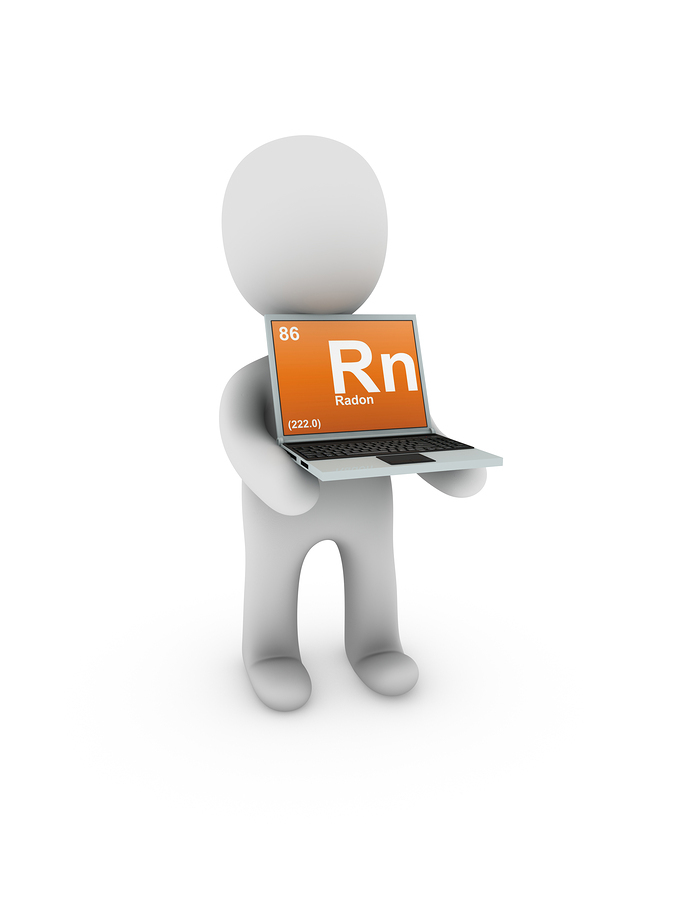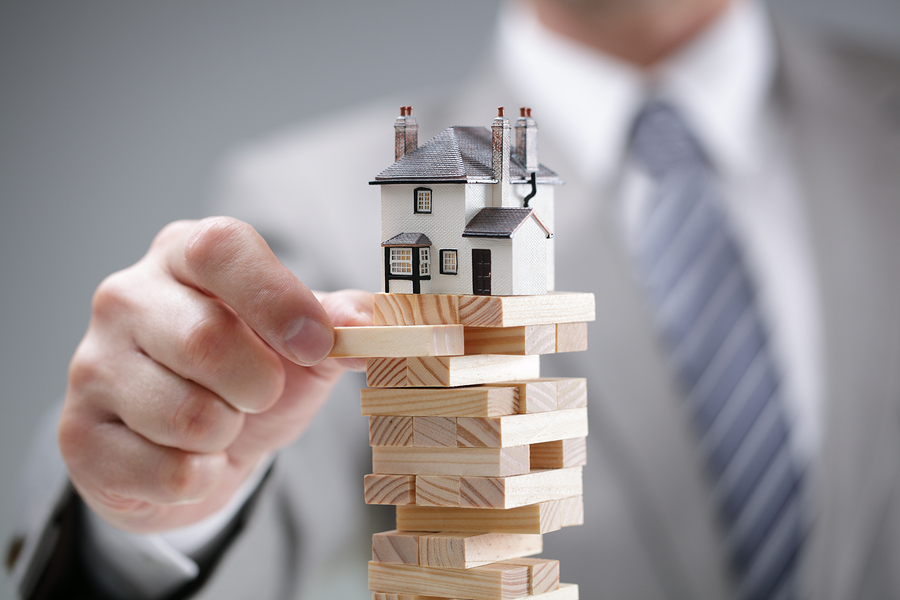Your home is your sanctuary. It’s the one place where you can feel truly comfortable–even if this means indulging your inner slob, flopping out on the couch with a bag of Fritos, lapsing into a television-induced coma, and belching without having to say “excuse me.”
Yes, you love your home–but your cozy abode may be built on dangerous ground. It may be exposing you to radon.
If you’re unfamiliar with radon and the threat it poses to your health, here are a few important radon facts.
What is Radon?
Radon is a radioactive, odorless, and naturally occurring gas. As the uranium found in rock, soil, or water breaks down, radon gas is released into the atmosphere. It is usually diluted by the air in the environment, but becomes problematic when a building is built over it.
What Health Risks does Radon Pose?
Radon is a silent killer–the second highest cause of lung cancer right behind tobacco. In fact, “Why a California Home Inspector Course Needs Radon Education” reports that the American Lung Association attributes roughly 21,000 deaths to lung cancer caused by radon exposure each year in the U.S., alone.
Where is Radon Found?
Radon can be found in all fifty states, but some do higher levels than others. Geographic regions, typically, are rated as being Zone 1, 2, or 3 with Zone 1 having the highest concentration of radon in its soil.
If you’d like to see how your region fares, you may want to check out the “Radon Levels By State” map.
How does Radon Enter your Home?
When it comes to finding a way into your home, radon is highly resourceful. And, any home–new, old, large, or small–is penetrable.
According to the United States Environmental Protection Agency, radon’s favorite ports of entry include cracks in solid floors or walls, construction joints, gaps in suspended floors and around service pipes, cavities inside walls, and via the water supply.
How can you find out if your Home has a Radon Problem?
A great way to learn about your home’s air quality is to locate a home inspector that is trained in radon testing. The National Radon Safety Board and the National Radon Proficiency Program are great sources for reputable radon professionals in your area.
A home inspection including a radon test is also extremely important when considering a home purchase. Sellers, however, may want to identify air quality problems as well–affording them the opportunity to rectify a situation before it jeopardizes a potential sale.

Can the Problem be Fixed?
The good news is that there are measures that can be taken to decrease the levels of radon in your home. According to the EPA, the cost to install a radon mitigation system in an existing home is about the same as for other common home repairs. And, many new builds are constructed with features designed to prevent radon contamination in the first place.
These systems, however, do not negate the need for periodic radon testing.
The best way for you to defend your home and its occupants against radon is to have your home tested. So jump on Google and find a trained radon professional in your area. Your lungs will thank you.
Has your home been identified as having unsafe levels of radon? How did you rectify the problem?
























